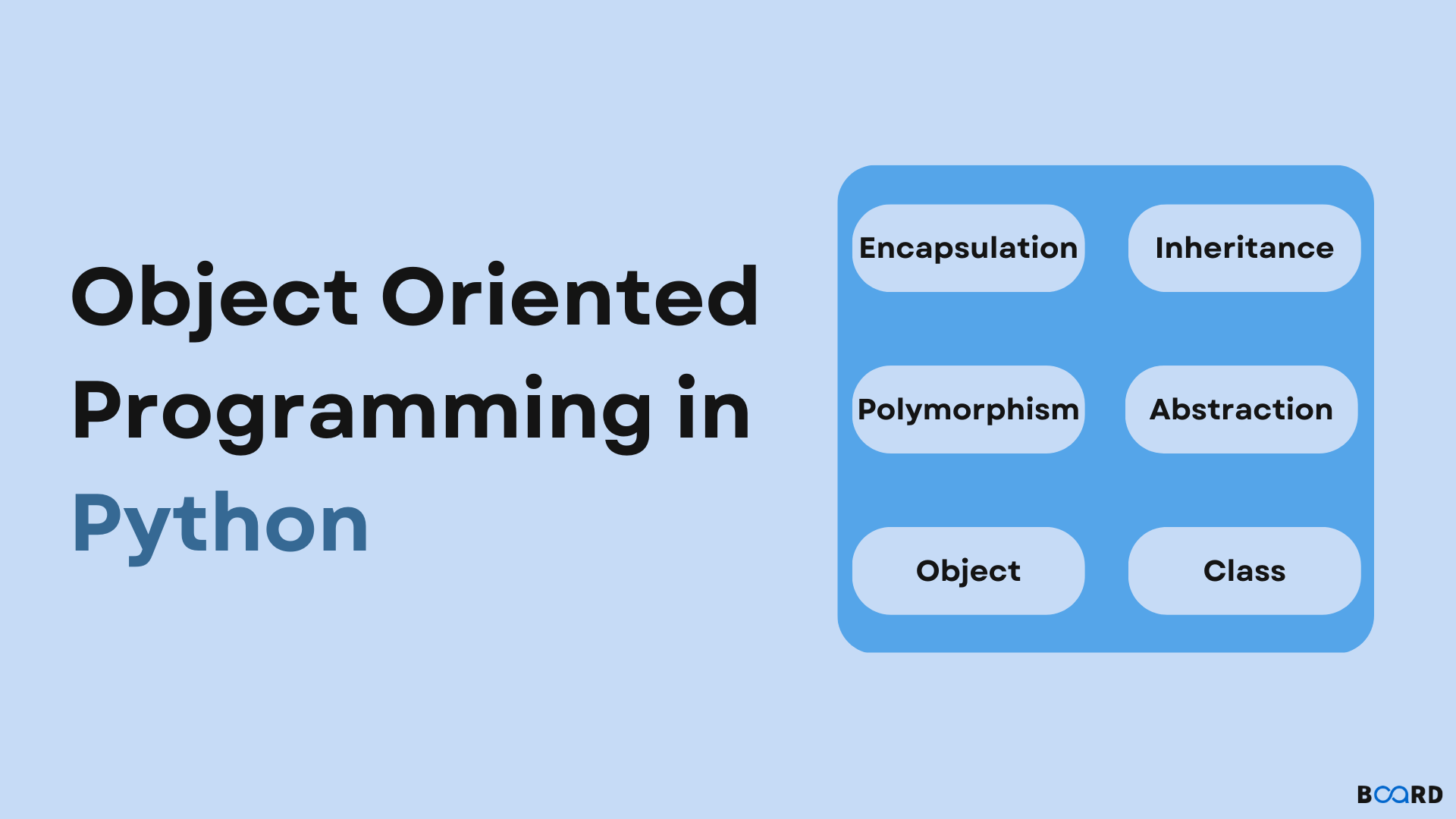Introduction
Objects and classes are used in the object-oriented programming (OOPs) paradigm of the Python programming language. It aims to include programming notions from the real world, such as polymorphism, encapsulation, and inheritance. Binding the data and the functions that use it so that no other portion of the code may access them is the core concept underpinning OOPs. We'll talk about the fundamentals of object-oriented programming in this post.
Class
A class is a collection of things, according to definition. It is a rational being with a few distinctive qualities and techniques. For instance, a class for cricket should include methods and attributes for players, competitions, tosses, runs, wickets, and matches, among other things.
Example
Consider creating a class named Cricket with two fields: player id and player, as seen in the example below. Additionally, the class provides a method named display() that displays Cricket-related data.
Output:
Object
A class's instances are objects. It is a living being having a state and actions. It is a class instance, to put it simply, that has access to the data. Any physical device, including a mouse, keyboard, chair, table, pen, etc., might be used. The majority of objects contain attributes and functions because Python sees everything as an object. The docstring given in the function's source code is returned by the built-in attribute __doc__ of all functions.
Example
Output:
Method
The method is a function associated with an object. In Python, a method is independent of class instances. Methods may be found in any kind of object.
Example
Two methods, plants() and animals(), are specified in the example below. These are referred to as instance methods since "Pen" is an instance object.
Output:
Inheritance
Through inheritance, a new class may be made by using the specifics of an existing one without altering it. A derived class has just been created (or child class). In a similar manner, the existing class is a base class or parent class.
Example
Here is an illustration of inheritance in Python.
Output:
Animal (parent class) and Lion are the two classes we established in the aforementioned code (child class). The child class inherits the parent class's functionalities. The Run() function clearly shows this. Once more, the kid class altered the parent class's behavior. This is made clear via the WhatIstheClass() function. We also increase the functionality of the parent class by including a new run() method. The super() function is also used in the __init__() method. This gives us the ability to invoke the __init__() function of the parent class from the child class.
Encapsulation
Using OOP, we may restrict access to Python methods and variables. The method of preventing direct data alteration is called encapsulation. In Python, private properties like single and double are denoted by the underscore prefix.
Example
Here is an illustration of Python data encapsulation:
Output:
The code above defines the Sports class. The __init__() function is used to save the game's name in Sports. View the code below.
Here, outside of the class, we've tried to alter the __sportsName value. Because __sportsName is a private variable, this adjustment is not reflected in the output. To change the value, we must use the setter method Player Name(), which takes sportsName as an argument.
Polymorphism
Polymorphism is made of the terms "poly" and "morphs." Poly and morp, which stand for many and form, respectively. We define polymorphism as the ability to do a single action in a variety of ways. Let's imagine we wish to color a form; there are many different shape options available (square, pentagon, circle). However, we could use the same technique to color any form. This idea is referred to as polymorphism.
Example
Output:
The code above defined the classes Lion and Dog. The Roar() function is used by all of them. However, their functions are different. We created a standard interface called sound test() that accepts any object and runs its Roar() function in order to take use of polymorphism. As a consequence, when we gave the pet and street objects to the sound test() function, it responded as predicted.
Data Abstraction
Encapsulation and data abstraction are commonly used interchangeably. The two phrases are practically interchangeable since encapsulation is how data abstraction is accomplished. Internal details are concealed and just functionality is shown when abstraction is used. The act of abstracting anything involves giving it labels that encapsulate the essence of what a function or an entire program performs.

